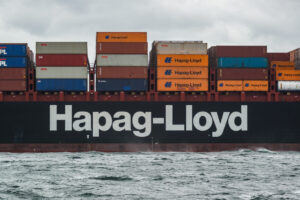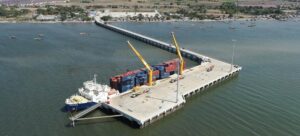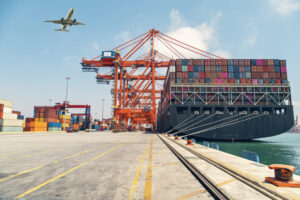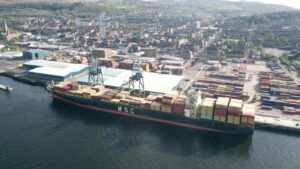Utilisation of vessels running from Asia to West Coast of North America (WCNA) have remained above 90% but negligible cargo growth prospects have caused rates to fall, with traffic destined for the US East Coast increasing by around 23.5%, according to a current container insight report released by Drewry.
For the whole of North America, exports from Asia were up 5.4% at the halfway stage in 2015. In July, WCNA imports were at least showing some growth – albeit less than 1% – while the pace of East Coast-North America (ECNA) growth had slowed to 14%.
By the end of July, the 12-month rolling growth average for the Asia-WCNA trade had fallen to 2.2% – its lowest point since February, 2014. The migration of cargo from US West Coast (USWC) gateways to those lying east of the Panama Canal continues.
Download Zepol's top 20 US ocean port report
Four fifths of the West Coast eastbound trade is handled at the US terminals which saw the number of laden inbound boxes fall by 2.3% in July year-on-year.
On an annualised basis, the WCNA ports are handling 275,000 TEU of additional Asian imports compared to three years ago, whereas the ECNA facilities are attracting 1.2 million TEU of incremental volume.
Throughput results for August, 2015 at the West Coast ports have, however, bucked the trend. Imports (all trades) landed at the newly combined entity of Seattle and Tacoma soared by 22% compared to twelve months beforehand. Inbound traffic at Oakland was 15% higher and Long Beach set a pace of 23%.
Drewry believes this rebound in the fortunes of the USWC ports is not because importers have short memories or that they have been entirely forgiving of the chaos that arose from the ILWU/PMA dispute earlier in the year, but is more a function of the peak season which took place in Q3, 2015.
The terminals along the US western shoreline are now more or less working normally, thus between August and October the West Coast ports may claw back share, but the longer term trend – with the widened Panama Canal due to open in April, 2016 next year – is for more cargo to migrate to the East.
Most of the new capacity on the transpacific route has been injected into the ECNA corridor. To the West Coast, in the first eight months of this year, slot supply only rose by 2.3% compared to the same period in 2014.
WCNA exports to Asia have recovered from the slump in volume that occurred during the winter months due to bad weather, congestion at the USWC ports and a temporary Chinese ban on American shipments of distillers dried grain.
In July, 2015 westbound ship utilisations were back up to 42% compared to a low of 32% in January, but a strong dollar has meant that the actual volume of outbound traffic is no greater than it was a year ago.
Drewry View: Further migration of cargo to the East Coast can be expected in the run-up to the opening of the widened Panama Canal.








